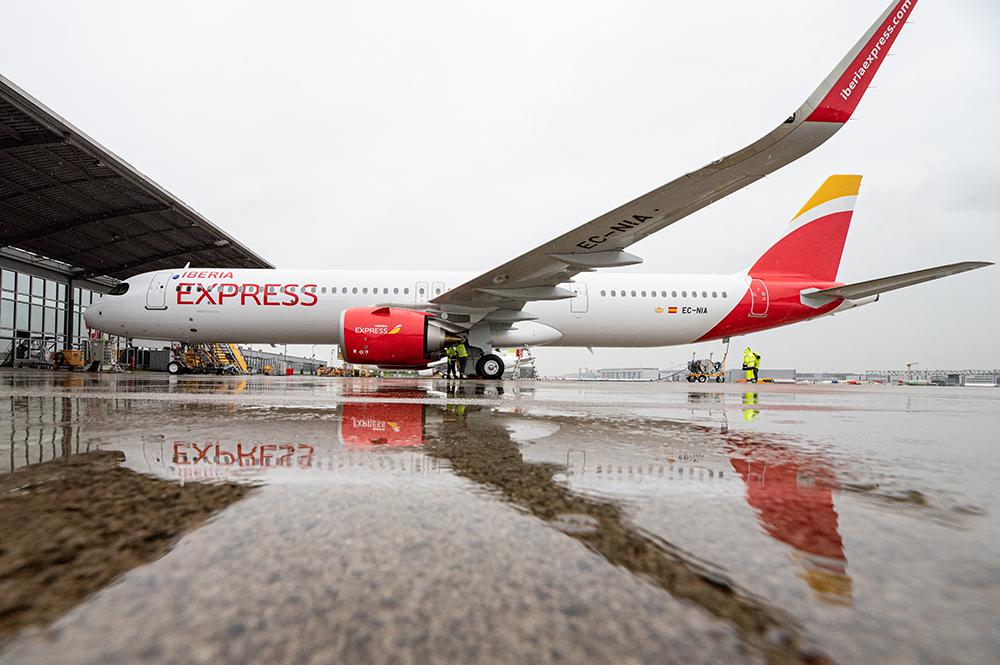
Credit: Airbus - Stefan Kruijer
A new inspection requirement affecting CFM LEAP-1A operations in the Middle East and North Africa (MENA) is shaping up to be a maintenance record-keeping headache for some affected airlines. The inspections, mandated in a Jan. 19 European Union Aviation Safety Agency (EASA) airworthiness directive...
Subscription Required
New LEAP-1A Check Parameters Stress MRO Tracking Systems is published in Aviation Daily, an Aviation Week Intelligence Network (AWIN) Market Briefing and is included with your AWIN membership.
Already a member of AWIN or subscribe to Aviation Daily through your company? Login with your existing email and password
Not a member? Learn how to access the market intelligence and data you need to stay abreast of what's happening in the air transport community.





